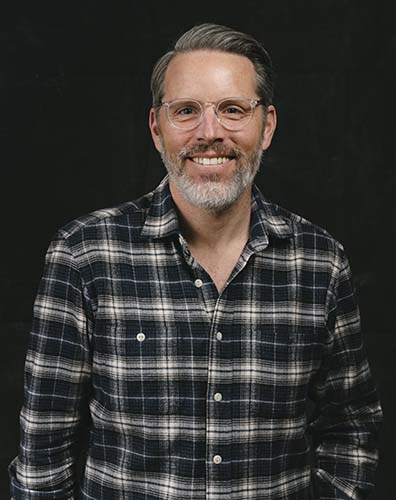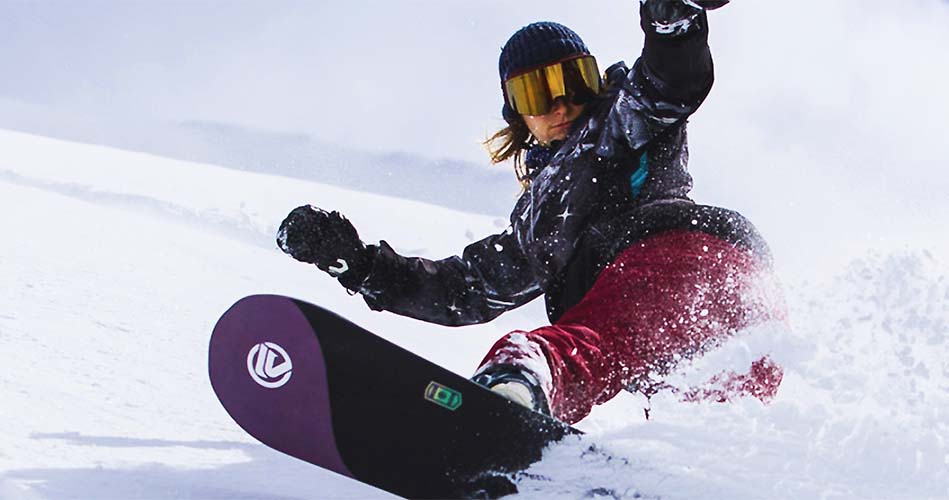By Eric Smith
<span style="color: #8f8f8f;">Nick Sargent knows he dodged not one but two bullets in the last four months.
In mid-December, Sargent, the president of Snowsports Industries America (SIA), spent a week in China overseeing a trade mission that introduced U.S. snow sports executives to the myriad business opportunities there. And in late January, he traveled to Japan for a “powder mission” (i.e., a spiritual quest for deep snow in the pow mecca of Hokkaido).
Those two trips to Asia, of course, occurred just as the coronavirus outbreak was taking hold in that continent—and just before all hell broke loose around the globe with an ensuing pandemic that has claimed thousands of lives and decimated national economies.
The coronavirus, or COVID-19, has been particularly rough on snow sports. First, ski resorts began shutting down in mid-March and most of them missed out on the busy and lucrative spring break season. Once the lifts stopped spinning and states began issuing stay-at-home orders, many snow sports specialty shops were forced to close, costing them one of their key revenue-generating months.
 The industry’s lost spring could threaten some companies’ survival, and Sargent, shown right, who is managing SIA virtually while quarantined with his family in Vermont, understands the monumental task in front of him.
The industry’s lost spring could threaten some companies’ survival, and Sargent, shown right, who is managing SIA virtually while quarantined with his family in Vermont, understands the monumental task in front of him.
As the head of the trade organization for ski resorts, gear manufacturers, specialty retailers and sales reps, Sargent is charged with ensuring member organizations have the tools they need to navigate this current crisis. In the last few weeks, he and his team have created a COVID-19 hub on the SIA website, launched a series of town halls for companies to collaborate on ideas and moderated lively discussions on Facebook about how snow sports businesses should handle this new normal.
In another installment of SGB Executive’s series of interviews with industry leaders exploring how businesses are coping with the coronavirus, Sargent dishes on these troubling times for the winter sports landscape, how SIA is responding and why he’s confident the industry will come back stronger than ever.
…
Are you able to quantify the economic impact of the coronavirus on the snow sports industry? I can’t say yet because we’re still digging through the March numbers. It usually takes us 30 plus days to get through the previous month, so we’ve got another 20 days or so before we’ll know how March performed. But the impact will be significant. The annual contribution to the economy from ski resorts, manufacturers and retailers is $72.7 billion. The NPD Group did show us where the industry started to shift last month. We saw a 16 percent decline in the third week of March, which followed a 3 percent increase in the first week of March and a 2 percent decrease in the second week, year over year. We won’t know for sure until we have the full look at March, but it’s going to be grim.
Anecdotally, how devastating has the coronavirus been to the winter sports industry? The full fallout is yet to be determined, but it’s going to be devastating both short- and long-term. In the short term, most manufacturers are feeling OK because they’ve gotten most of their business done. Retailers are different. They were hoping to have a few more weeks to move product and rental gear, and they do a lot of closeouts in March and April. In the long term, we’re concerned about manufacturers with regard to order shrinkage for selling product into the channels and sample production. Retailers are concerned specifically about new consumer habits and how long social distancing will last. The question now is can retailers survive? They’ve been closed for three weeks with no revenue coming in the door or very little if they’re online or doing curbside pickup. A lot of these snow sports retailers, let alone any business, can’t go 60, 90, 120 days without revenue.
What role is SIA playing (resources, webinars, etc.) in helping member companies navigate this crisis? When we realized, like, everyone, that this was a crisis, we hunkered down as a team. We are here to help our members. We’re here to help our industry. We immediately launched a COVID-19 hub on our website to provide vital information for our members and even non-members. We wanted to make sure that anyone could come to our site and get information about how this is going to affect the business. Soon, there was a request from our members to hear from other people in our community, so we launched a weekly Town Hall series, every Thursday at 11 a.m. Mountain Time, to help our members navigate business and social issues around COVID-19. Our membership team is reaching out to every member to see how they’re doing, and we’re deciphering that information so we can figure out how to best support them. We have an internal weekly strategic meeting to determine which topics should be covered and what tools we need to provide our members to not only help them keep their heads above water during this crisis but also help them generally improve their business. We’re working hard to drive this information to them and help them make good decisions in a quick and ever-changing marketplace.
The #CurbYourTurns campaign was designed to keep people off backcountry trails to promote social distancing and ensure skiers weren’t ending up in ERs and taking resources away from first responders. How has that been received? We saw a lot of people posting on social media how great it is the backcountry. They were treating stay-at-home orders like a vacation. With so many people congregating on these trails, we knew we needed to use our voice to help people make the right decisions and curb this pandemic. SIA is never in a place to tell people not to get outside, especially when it comes to pursuing winter sports, but we are doing that today. We’ve changed our tune so we can get outside sooner. The sooner we decide to stay home and get through this quarantine phase, the sooner we’re going to be able to get outside—back on the snow, back on our mountain bikes, back on the water. The campaign’s been well-received by media and snow sports users, so we’re using our voice to raise awareness and drive good decision-making.
Snowbound (SIA’s new consumer show) and Outdoor + Snow Show aren’t until fall or early 2021, respectively, but is the team creating a contingency plan in case they get canceled? It’s always smart to have those contingency plans. I’m a Plan B kind of guy just to cover the bases. As of now, we’re planning on the Snowbound expos as in-person events in fall 2020. If and when we need to re-evaluate, we’ll cross the bridge when we get there. But we feel that we’re going to get through this and we’re going to get back to normal sooner rather than later.
When winter sports come back next season, will that provide a chance for SIA to leverage pent-up demand for sliding down snow as a way to grow participation? We never had this in our lifetime where we can’t go outside and participate in our favorite sports. We’ve done an amazing job as associations—SIA, OIA [Outdoor Industry Association] and NSAA [National Ski Areas Association]—in promoting getting outdoors. When it’s taken away from you, you want it that much more. When we get the green light to get back outside and start rediscovering the sports that we either 1) took for granted, or 2) chose not to do, there’s going to be pent-up demand. I’m very hopeful for that moment and I’m looking forward to our industry taking advantage of getting more people outside and getting back that which was taken away from us.
How optimistic are you that the industry will endure this crisis and get back on track once the pandemic has passed? The winter outdoor snow sports industry is resilient and strong. I have full confidence that we’ll come back next season stronger, consumers will be excited to get back on the snow and engage in their favorite winter sport. Most importantly, not only will we endure, but we now have the opportunity to do things better and more efficiently and more effectively. I see this now in all the conversations I’m having: COVID-19 is highlighting our deficiencies and our weaknesses. This is uncharted territory, and it has done this for every industry in the world. This is our opportunity to make the winter industry a better and stronger place for everyone.
Photos courtesy SIA
















